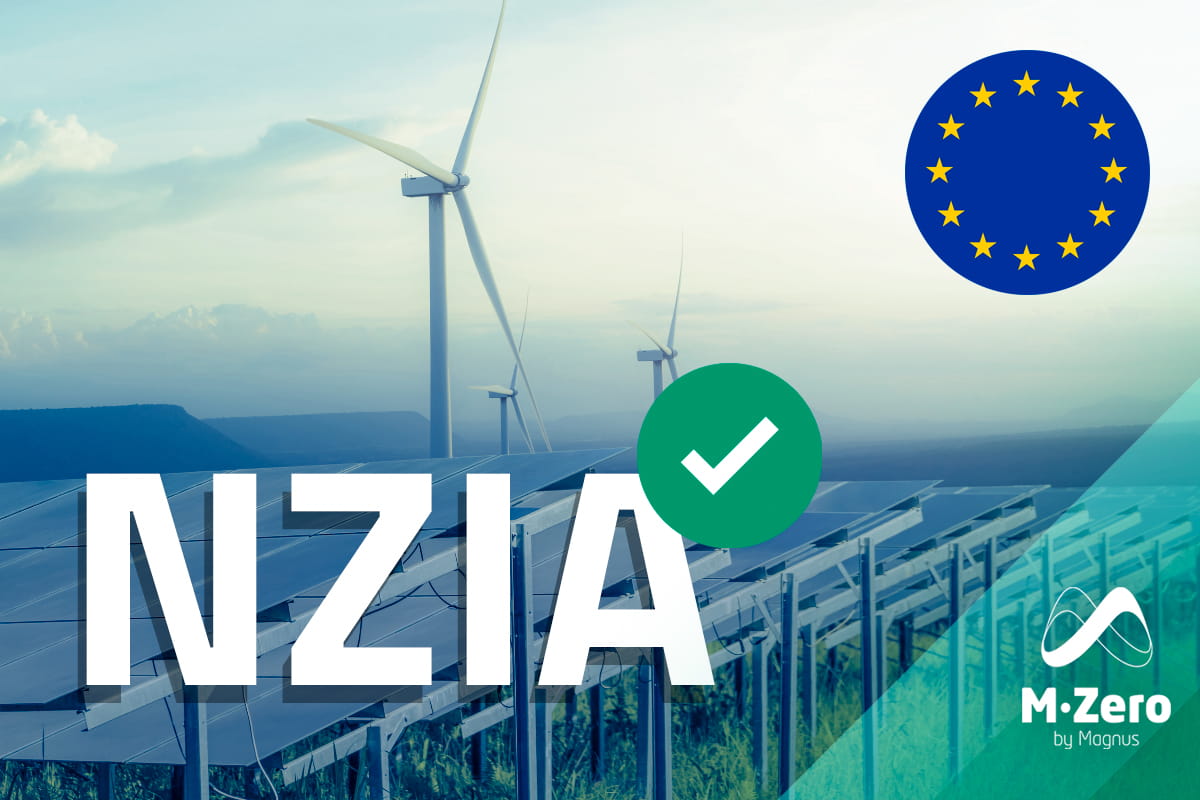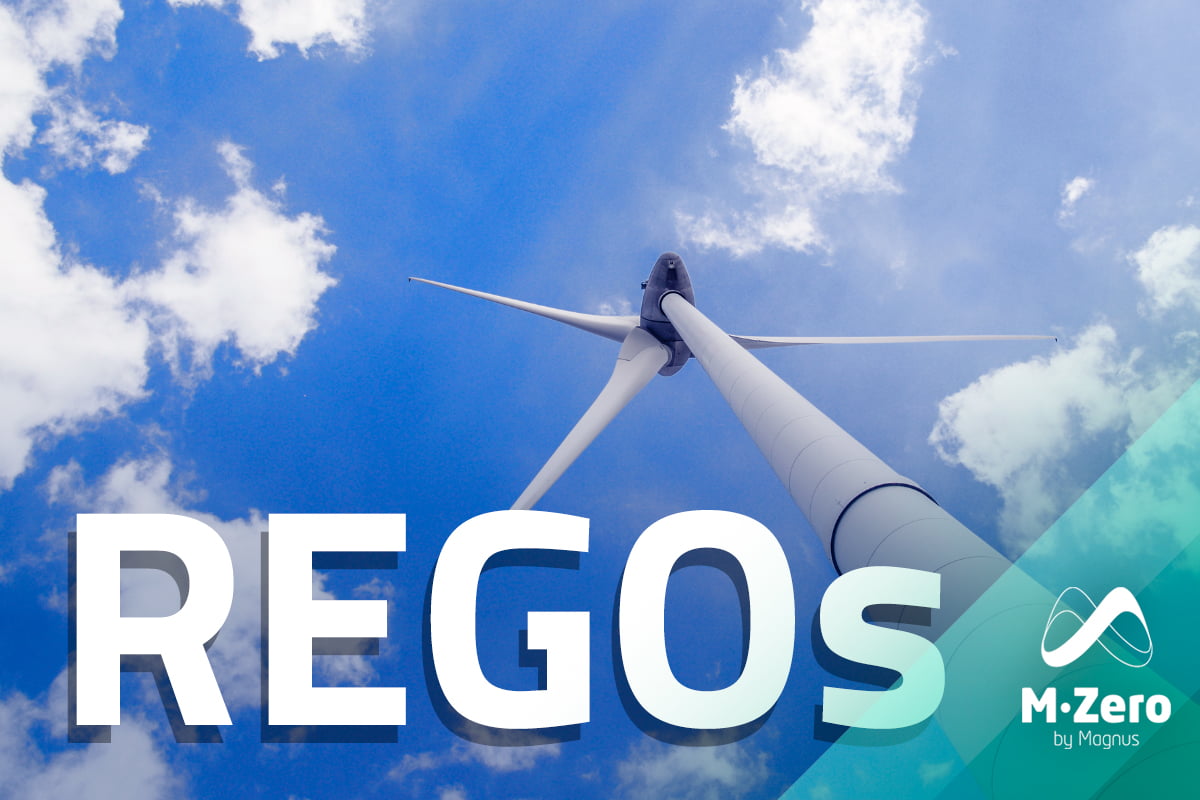
The EU’s 2018 Energy Performance of Buildings Directive (2018/844/EU) (EPBD), the main EU Directive setting buildings energy standard that forms part of the ‘Fit for 55’ package and sets the vision for achieving a zero-emission buildings stock by 2050, was recently reviewed. The proposal for reform was launched on 15 December 2021, the co-legislators reached a political agreement in December 2023, and the Commission published its final adoption on 12 April 2024, much earlier than the originally planned review by 1 January 2026.
The Commission’s proposal makes zero-emission buildings the new standard for new buildings and boosts Europe’s energy independence, in line with the REPowerEU Plan, by setting the framework for Member States to reduce emissions and energy use in buildings across the EU, from homes and workplaces to schools, hospitals and other public buildings.
New Rules
The revised Directive sets ambitious targets to reduce the overall energy use of buildings across the EU, taking into account national specificities. It leaves in Member States’ hands which buildings to target and which measures to take.
Under the new rules, all new residential and non-residential buildings must have zero on-site emissions from fossil fuels, as of 1 January 2028 for publicly owned buildings and as of 1 January 2030 for all other new buildings, with a possibility for specific exemptions. The strengthened Directive contains new provisions to progressively phase-out fossil fuels from heating in buildings and boost the deployment of solar power installations, taking into account the national circumstances. Member States will also have to ensure that new buildings are ‘solar ready’. It will also boost the uptake of sustainable mobility thanks to provisions on pre-cabling, recharging points for electric vehicles and bicycle parking spaces.
To meet these targets, the new rules require member states to adopt its own national trajectories to reduce the average primary energy use of residential buildings by 16% by 2030 and 20% to 22% by 2035. For non-residential buildings, they will need to renovate the 16% worst-performing buildings by 2030 and the 26% by 2033. Member States will have the possibility to exempt certain categories of residential and non-residential buildings from these obligations, including historical buildings or holiday homes. Citizens will be supported in their efforts to improve their homes.
Moreover, member states should craft national building renovation plans to phase out fossil fuel boilers by 2040. Additionally, the new rules mandate that all new buildings must be equipped to accommodate solar energy installations, such as rooftop photovoltaic devices, as well as recharging points for electric vehicles and bicycle parking spaces.
Under the new rules, member states will implement technical assistance and financial support measures to help facilitate the zero-emission renovation of buildings, with a focus on vulnerable households.
Phase-out of fossil fuels
To ensure a decarbonization of the buildings sector, the EU Climate Target Plan highlights the need to phase out fossil fuels in heating by 2040, targeting mainly the boilers powered by fossil fuels. By then, the direct emissions of the buildings sector will have to have decreased by about 80%-89%.
While there is no mandatory date for installing new fossil fuel boilers, the EPBD introduces a clear legal basis for national bans, allowing Member States to set requirements for heat generators based on greenhouse gas emissions, the type of fuel used, or a minimum part of renewable energy used for heating. Many Member States consider such measures essential to achieve a decarbonized building stock and to improve air quality and health.
Finally, to encourage the swift deployment of heating systems with zero direct emissions, the new zero-emission buildings must not cause any on-site carbon emissions from fossil fuels.
Promoting Renewable Integration
On top phasing out fossil fuel, there is a specific requirement for all new buildings to be “solar ready”, meaning that they have to be fit to host rooftop photovoltaic or solar thermal installations at a later stage without costly structural interventions.
Member States should also ensure the deployment of suitable solar installations on large existing public buildings and existing non-residential buildings going through major renovations.
Furthermore, in zero-emission buildings 100% of the total annual primary energy use will have to be covered by renewable energy generated onsite, nearby or from a renewable energy community, energy from an efficient district heating and cooling system or energy from carbon free sources.
EVs
Since it is expected that a large share of recharging will take place in buildings, the revised EPBD sets requirements for recharging infrastructure and pre-cabling in buildings and adjacent carparks, both at home or at the workplace.
There is also a new requirement for recharging points to support smart charging and where appropriate, bi-directional charging, which is also in line with the Renewable Energy Directive that, as mentioned in a previous blog, facilitates the integration of renewable energy to the grid and helps decarbonize the energy system.
Enhancing Transparency
Energy Performance Certificates (EPCs) are the tool chosen to certify the performance of our buildings.
The revision includes measures to make EPCs clearer, more reliable, and visible, and to base them on a common template across all 27 EU Member States with a number of indicators on energy and GHG emissions, and voluntary ones.
Under the revised EPC, there will be a common A-G scale. The ‘A’ rating will correspond to zero-emission buildings while the ‘G’ rating corresponds to the very worst-performing buildings in each country.
This will benefit building owners, buyers and tenants, financial institutions and public authorities as it will allow a clearer and simpler system of classification of buildings, facilitating access to financing, while being flexible and adaptable to the national characteristics of the building stock.
Besides, EPCs will have to be issued and shown at more trigger points than today, including in case of major renovations and the renewal of a rental contract, to raise the awareness of building owners and tenants.
Financial Support
The revised Directive ensures that National Building Renovation Plans must enable the deployment of sufficient national-level finance and help leverage private investment at scale. Member States are required to include an overview of national policies and measures empowering and protecting vulnerable households and buildings for which renovations are the most cost-effective, bringing the greatest savings.
More than €100 billion are estimated to be available from EU financing to support renovations between 2023 and 2030.
Also, the new Social Climate Fund established under the European Green Deal will mobilize €86.7 billion for the period 2026-2032 to support vulnerable households and micro-enterprises, with energy renovations.
Lifecycle Emissions
The new rules take several positive steps towards addressing greenhouse gas emissions over the whole lifecycle of the buildings. Not only those carbon emissions linked to the use phase of the building, but also emissions linked to the manufacturing of materials, transportation, construction, maintenance, and deconstruction of a building.
Lifecycle GHG emissions will need to be calculated and disclosed through an EPC for all new buildings from 2030, to inform citizens and businesses. Therefore, making good choices about efficient building practices and materials can have a huge effect on this.
The revised directive will now be signed and published in the Official Journal of the EU and enter into force in the coming weeks. After that, Member states will have two years to incorporate the provisions of the directive into their national legislation.
After that, the Commission is expected to review the directive by 2028, in the light of the experience gained and progress made during its implementation, to make sure Europe is on the right track to achieve a fully decarbonized building stock by 2050.
If you found it interesting, please share it!
Recent Articles



































